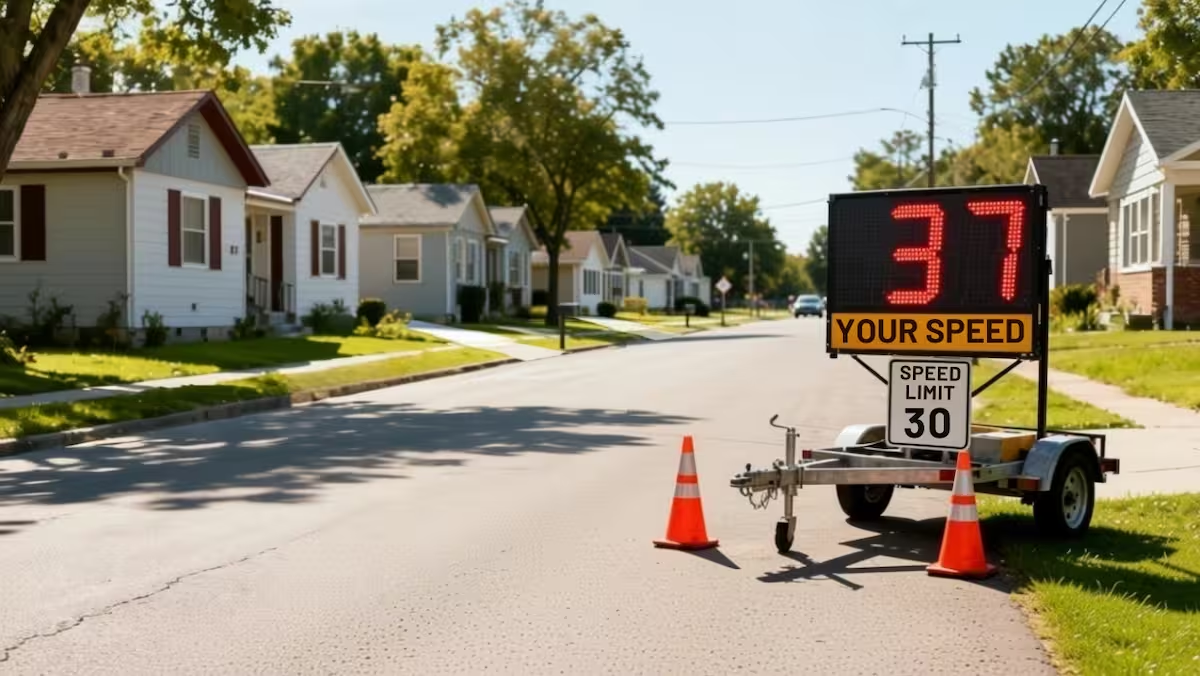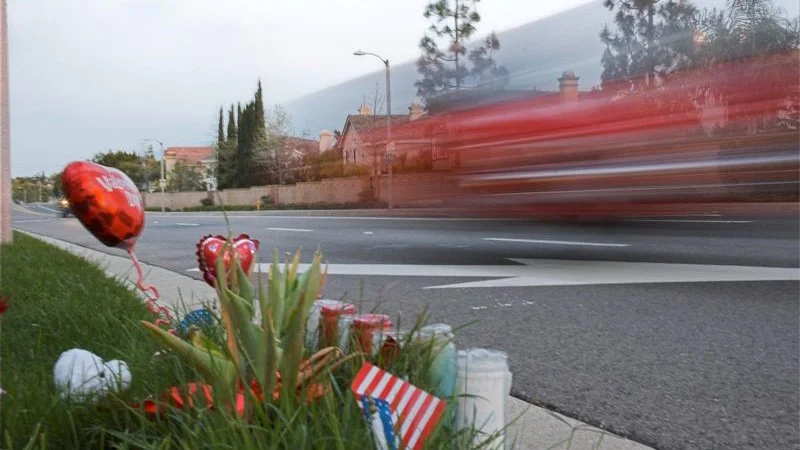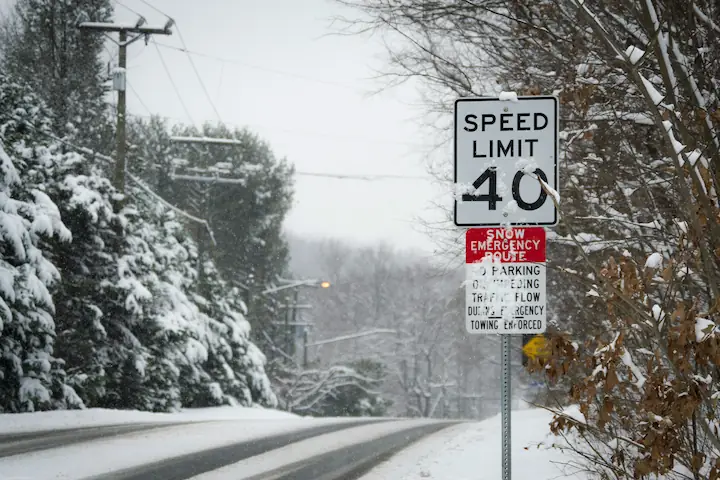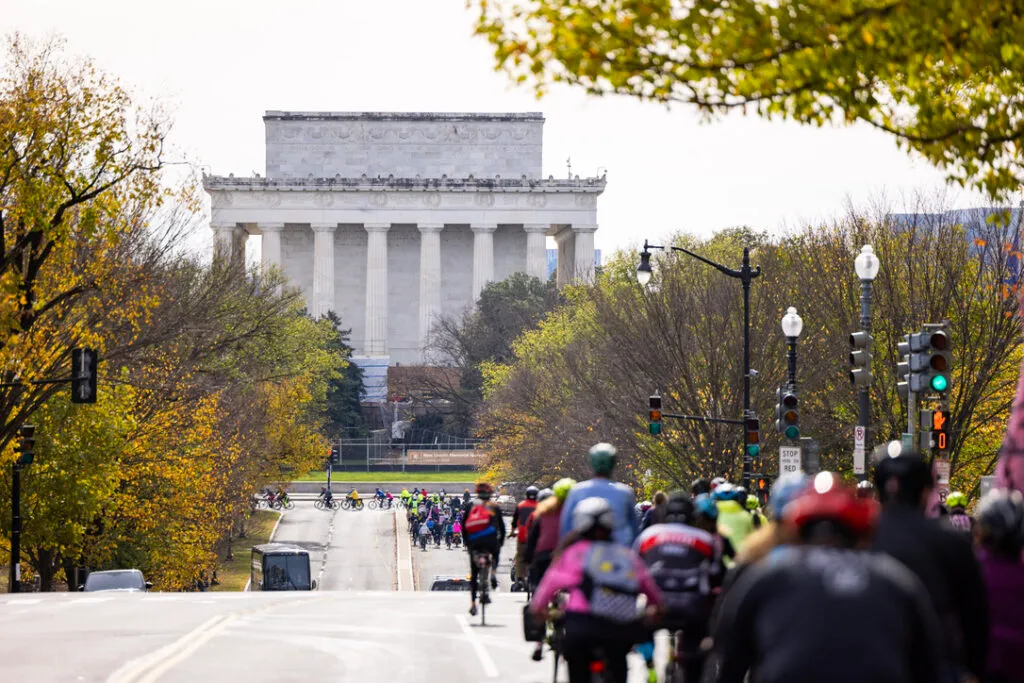Editor's Note: The challenges our cities face are growing, but so is the strength of this movement. Every story we share, every idea we spread, and every tool we build exists because people like you are committed to showing up. Your membership isn’t passive—it’s the momentum that makes change possible.
On Anderson Avenue in Rochester, New York, residents are seeing more people walking on their wide neighborhood street. They’re also seeing cars cut through at unsafe speeds.
When neighbors asked the city to conduct a speed study, the results showed that 12% of vehicles exceeded the 30 mph limit. But when residents requested speed humps, the city said no. Under its policy, speed humps will not be considered unless at least 40% of drivers are speeding and the 85th percentile speed hits 35 mph or higher.
The lack of action frustrated residents. “They’re basically saying they’re okay with 40% of drivers speeding before they’ll consider making it safer,” resident and longtime Strong Towns member Evan Lowenstein said.
This is a familiar challenge in cities across North America. City officials and staff often operate within systems that make safety a secondary priority, one that only triggers action when the data becomes too alarming to ignore. Add to that limited budgets and staff time, and you end up with cities that reserve their safety responses for the most severe problems — if they respond at all.
Even so, streets that fall below these severity thresholds are still dangerous for the people who use them every day. Residents shouldn’t have to wait for a crisis before their street can become safe.
The good news is that city officials and staff aren’t trapped within the old system. They can try a new approach to street safety — and Rochester officials and staff are already in the process of doing just that.
In this new approach, safety isn’t a secondary priority. It’s a core organizational responsibility. Instead of scattering safety duties across departments, officials give someone the explicit authority to raise concerns, intervene in project designs, and stop dangerous plans before they’re built. When safety is part of every decision, it stops competing with other priorities and starts shaping them.
City officials and staff who follow this new approach focus on addressing dangerous streets quickly and affordably. Paint, cones, and bollards may not be permanent, but they save lives. Low-cost, rapid interventions let staff test improvements and build momentum for longer-term fixes without depleting their budget.
City staff could also try tapping into the capacity of residents who are eager to help. Indianapolis’s Community Powered Infrastructure program is a leading example of this approach. The city created a lending library of tools and equipment to help residents start their own pilot projects. It’ll also match funds to help those projects get off the ground. This partnership stretches limited resources and builds trust between neighbors and the local government.
Rochester is already moving toward this approach. After a fatal crash and community-led Crash Analysis Studio, city staff updated the design of a dangerous street, as well as their standards for all future street repavings. Monroe County, which includes Rochester, has also created a first-in-state Community Traffic Safety Team, which focuses on identifying dangerous areas and acting on resident feedback. These are positive signs that Rochester is making safety more of a core organizational responsibility, increasing its ability to respond to the most serious risks.
The next step for the city might be exploring inexpensive pilot projects and ways to bring residents in on the process. That way, community members can help address areas where the danger may be less severe but still affects their daily lives.
These are practical steps, not expensive overhauls. They free public servants from outdated systems and limited budgets so they can do what they already want to do: protect the people who use their streets every day.
Struggling with dangerous streets? Download “Beyond Blame: How Cities Can Learn From Crashes To Create Safer Streets Today.” It outlines five major causes of car crashes and six steps cities can take to address them.





